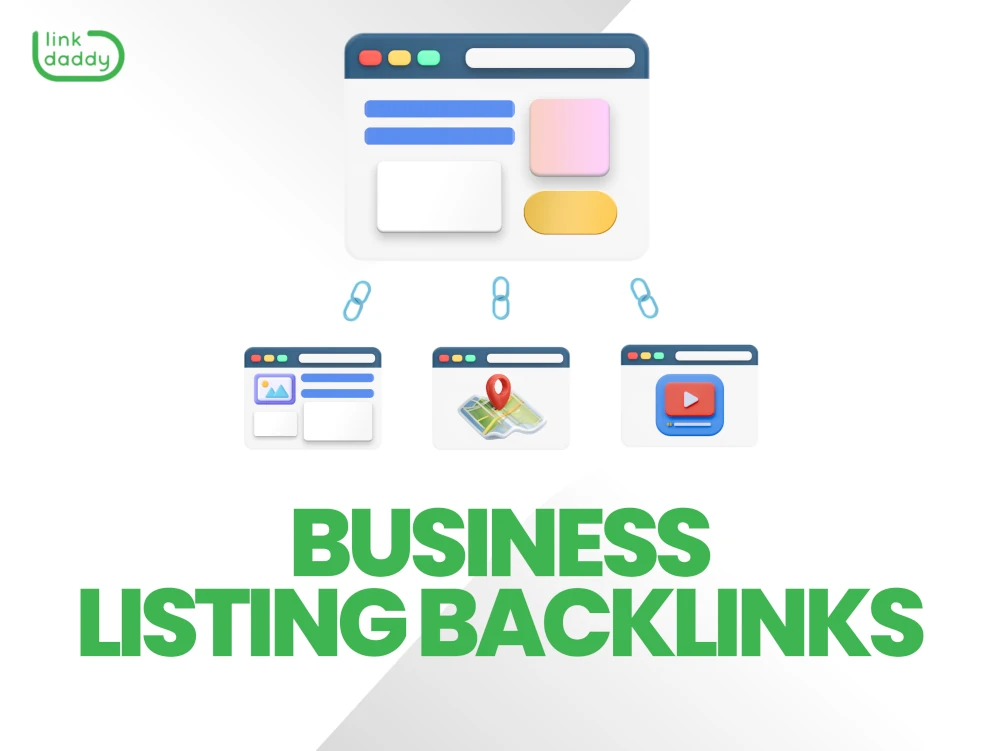A Practical Strategy to Implementing Cloud Solutions for Optimum ROI

Assessing Current Facilities
When evaluating the feasibility of executing cloud solutions for optimum return on financial investment, the preliminary action entails evaluating the existing infrastructure in area. linkdaddy cloud services. Comprehending the existing hardware, software program, network abilities, and storage systems is vital to figure out the compatibility and integration needs for moving to the cloud
Analysis of the present infrastructure involves conducting a thorough audit to recognize toughness, weaknesses, and possible locations for enhancement. It is important to evaluate variables such as web server ability, data protection procedures, redundancy protocols, and scalability options. By getting a clear understanding of the current state of the framework, organizations can efficiently intend and strategize the shift to shadow services.
In addition, analyzing the existing facilities allows businesses to align their cloud fostering strategy with their particular requirements and objectives. This evaluation supplies useful insights right into optimizing source usage, enhancing performance, and making certain smooth combination with cloud options. Eventually, a comprehensive analysis of the existing facilities lays the foundation for a successful cloud application that optimizes roi.

Identifying Service Demands
Comprehending the service requirements is necessary to tailor the cloud services properly. By performing comprehensive interviews, studies, and analysis of existing workflows, it is feasible to determine areas where cloud services can provide the most considerable impact.
By lining up the abilities of cloud services with the particular demands of the business, firms can ensure that their investment in cloud innovation supplies optimum return on financial investment. By attending to these demands ahead of time, businesses can stay clear of pricey errors and ensure a smooth shift to the cloud atmosphere.
Selecting the Right Cloud Solution Supplier
Choosing the perfect cloud provider is a crucial choice that can significantly impact the success of a business's cloud fostering technique. When choosing a cloud solution copyright, numerous factors need to be taken into consideration to guarantee that the picked supplier aligns with the company's goals and needs. It is important to examine the service provider's online reputation, dependability, safety and security steps, conformity certifications, and scalability options.
Credibility plays a crucial duty as it reflects the copyright's track document in providing high quality solutions and meeting customer assumptions (linkdaddy cloud services press release). Reliability is another key consideration, as downtime or service disturbances can have detrimental effects on business procedures. Security is critical when entrusting data to a 3rd party, so it is vital to examine the supplier's protection procedures and data protection steps
Moreover, conformity certifications guarantee that the company abides by sector criteria and policies, which is particularly crucial for business running in managed sectors. Last but not least, scalability choices are vital to suit future development and altering organization requirements efficiently. By thoroughly reviewing these variables, organizations can select a cloud solution copyright that ideal fits their needs and makes the most of the return on investment.
Preparation Movement and Implementation
To guarantee a smooth transition to shadow solutions, thorough planning and strategic implementation of migration and execution processes are crucial. The preliminary action in this procedure involves conducting a detailed assessment of the existing facilities and applications to identify the compatibility with cloud solutions. It is critical to identify dependences, performance needs, and safety factors to consider to develop a detailed movement strategy. Engaging stakeholders from different divisions can assist in amassing support and my website making certain that the migration straightens with the total organization objectives.
As soon as the migration plan remains in location, the implementation stage must concentrate on prioritizing work based on criticality and intricacy. This phased approach allows for testing and recognition at each stage, decreasing disruptions and guaranteeing a smooth shift. It is vital to develop clear interaction networks and supply sufficient training to employees to assist in adoption and attend to any problems.
Continuous monitoring and optimization post-implementation are vital to guarantee that the cloud services are providing the expected ROI. Normal performance evaluations and feedback systems can aid in recognizing useful site areas for renovation and making best use of the advantages of cloud solutions.
Tracking Performance and Optimization
Reliable monitoring and optimization of cloud solutions performance play a pivotal function in taking full advantage of ROI and making sure functional effectiveness. By continually keeping an eye on the efficiency of cloud services, organizations can determine possible concerns promptly, enhance resource allocation, and boost total system effectiveness. Real-time tracking tools permit the tracking of crucial performance indicators, such as feedback times, resource utilization, and availability, making it possible for positive issue resolution and informed decision-making.

Moreover, employing anticipating analytics and device learning formulas can assist organizations anticipate future efficiency fads, anticipate prospective bottlenecks, and proactively enhance cloud sources. Continual performance monitoring and optimization not just improve the user experience but likewise contribute to set you back savings and raised ROI in the lengthy run.
Final Thought
Finally, the successful execution of cloud solutions calls for a comprehensive evaluation of current infrastructure, recognition of company needs, choice of the image source best cloud provider, precise planning for movement and application, and continual surveillance for performance optimization. By following these steps vigilantly, organizations can optimize their roi in cloud services and achieve greater effectiveness and dexterity in their procedures.
In today's fast-paced business atmosphere, the implementation of cloud services has become a crucial factor in boosting operational performance and driving considerable return on investment (ROI) By carefully assessing present framework, determining particular organization demands, selecting the appropriate cloud solution provider, and diligently preparing the movement and implementation procedure, companies can position themselves for success in the cloud. Comprehending the company demands is important to tailor the cloud solutions properly. By aligning the capacities of cloud solutions with the specific needs of the company, business can ensure that their financial investment in cloud modern technology supplies optimum return on financial investment.Selecting the perfect cloud solution copyright is an essential decision that can dramatically influence the success of a firm's cloud fostering approach.